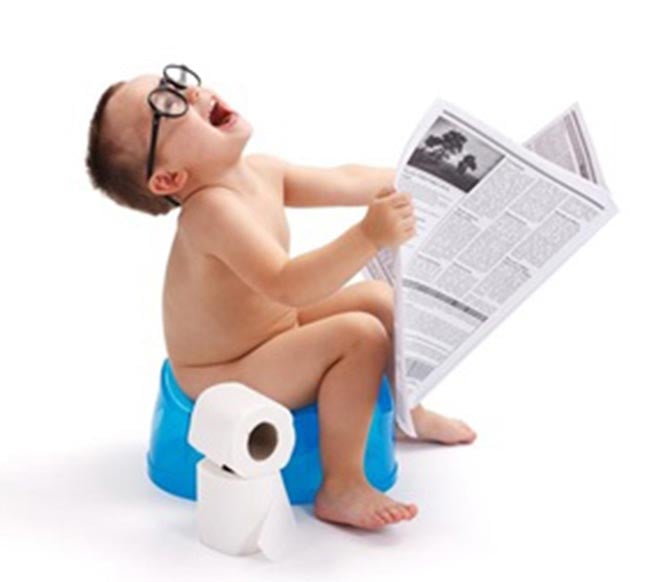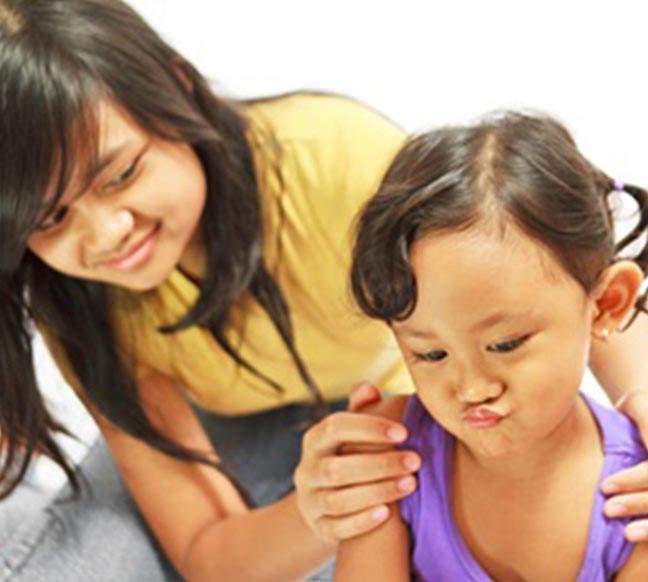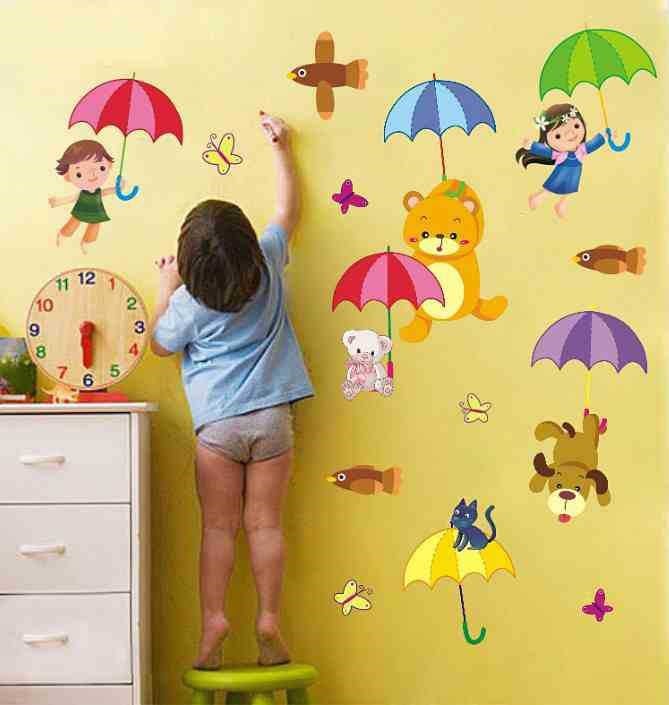Raising a child is a fulfilling and sometimes involves getting your hands dirty. Yes, it’s time to talk about potty training.
Potty training is a new life skill for your baby! It’s like learning to drive a stick shift. If you keep that in mind, it will change your expectations and reduce frustration.

Toilet-training milestones
Children stop pooping at night by the age of one, and can control their bladders by 3 or 4 years of age. Potty training should start only after your tiny tot masters the physical abilities needed.
Most children can control bowels before they can their bladders. Therefore preparation, and their own desire to stay clean and dry, both help in toilet training.
Gauging your child’s readiness

Babies have no inborn knowledge of the modern bowel hygiene process, which involves a specific room, a specific seat, certain equipment, etc. So gently suss out your child’s physical and emotional readiness for such instruction.
Physically, a child is ready at 18 months when it has developed muscle control and can start sensing the fullness that leads to bowel movement. This is the time to start using words like “pooping” and “peeing” to help the little one link them with the toilet.
Girls show readiness by 29 months, boys by 31 months, and most kids get trained by the age of 36 months. Not surprisingly, emotional readiness takes longer. Here are a few signs that it is time to start toilet training.
- Bowel movements become timelier and more scheduled.
- Your child manages to stay dry for two hours or more.
- Facial expressions, grunting, or squatting is displayed.
- Ability to show a full bladder or bowel movements by signing/signals
- Your little one has the mastered basic motor skills.
- Your tot is able to comprehend words indicating the toileting process.
- Your child tells you when his/her diaper is dirty or asks to change it.
How your tiny tot experiences toilet training

Toilet training makes your child synchronize a complex combination of physical and cognitive tasks like the body, its functions, and sensations with appropriate, timely responses.
Using memory and concentration, the child must visualize what is to be done, plan to reach the toilet, use it, then stay back to complete the task. Clues and directions given by a caregiver is an important part of this process.
Step-by-step Potty

- The first step is getting your tot used to a potty, encouraging sitting on it fully clothed and continuing until it is comfortable.
- Place soiled diapers in the potty to show the purpose.
- Lead the child to potty a few times and encourage sitting on it without the diaper, especially after meals.
- Create a sitting routine, slowly increase the frequency and duration.
- Make it fun with potty books or made-up songs to increase comfort.
Do’s and Don’ts
Don’t feel pressured to begin potty training too early because your child will then only take longer. Don’t turn this into a stressful period for you or your baby.
Help your child feel in control and independent during the process and make him or her participate actively. Use practical, simple, and straightforward language while discussing it and avoid using guilt, negative words, connotations, and sentiments.
Last but not least be generous with encouragement and praise when your child gets it right, this is an achievement for both of you.



